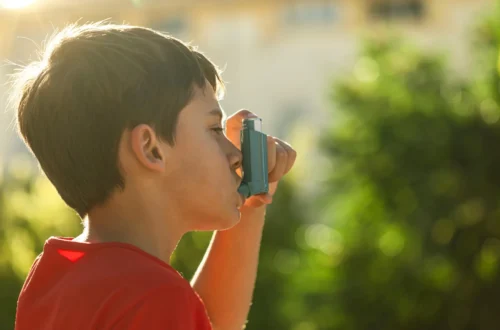Utilizing Cell Phone Sensors for Mental Health Insights
Recent research indicates that data passively collected from cell phone sensors can identify behaviors linked to a variety of mental health disorders, including agoraphobia, generalized anxiety disorder, and narcissistic personality disorder. New findings suggest that such data can also highlight a broader range of behavioral symptoms associated with mental health challenges.
Research Overview
Colin E. Vize, assistant professor in the Department of Psychology at the Kenneth P. Dietrich School of Arts and Sciences at the University of Pittsburgh, serves as a co-principal investigator on this significant research. This study aims to expand the potential applications of sensor data in clinical settings to enhance patient treatment.
The research was spearheaded by Whitney Ringwald, a professor at the University of Minnesota and a former graduate student at Pitt, alongside former Pitt Professor Aiden Wright, currently at the University of Michigan, and Grant King, one of Wright’s graduate students.
Implications of Sensor Data in Clinical Practice
Vize highlights the potential of using smartphones to provide clinicians with extensive, reliable data regarding patient behaviors between visits. “We are not always the best reporters; often we forget details,” he stated, emphasizing the advantages of passive sensing, which could collect data unobtrusively as patients navigate their daily lives.
In their preliminary investigations, the researchers explored the feasibility of inferring behavioral patterns linked to specific mental health conditions. Previous studies had established connections between passive sensor data and behaviors indicative of conditions such as depression and post-traumatic stress disorder. This new work, published on July 3 in the journal JAMA Network Open, broadens the discussion by linking sensor data to general symptomatology across various mental health disorders.
Transdiagnostic Approaches to Mental Health
This research is particularly vital as numerous behaviors are intertwined with multiple disorders, with individuals presenting symptoms differently even within the same diagnosis. Vize noted, “The disorder categories do not necessarily align with the complexities of human experiences.” The study encourages a transdiagnostic approach, ultimately fostering a more accurate representation of patients’ varying symptoms.
Methodology and Key Findings
The research team employed Mplus, a statistical analysis tool, to identify correlations between sensor data and self-reported mental health symptoms. They categorized behaviors into six evidence-based dimensions: internalizing, detachment, disinhibition, antagonism, thought disorder, and somatoform symptoms.
Additionally, the researchers investigated the “p-factor,” a conceptual marker encapsulating shared features across diverse mental health symptoms. Vize likened it to a Venn diagram, representing the intersection of symptoms from various disorders.
The research utilized data from the Intensive Longitudinal Investigation of Alternative Diagnostic Dimensions (ILIADD) study conducted in Pittsburgh in spring 2023, analyzing input from 557 participants who contributed both self-assessments and sensor data. The latter included:
- GPS data indicating the duration of time spent at home and maximum distance traveled
- Activity data such as steps walked, time spent running, and periods of inactivity
- Screen time engagement
- Call activity metrics
- Battery status information
- Sleep duration data
The research team utilized an application developed by the University of Oregon to correlate sensor data with reported mental health symptoms. Their findings confirmed that the six dimensions of mental health symptoms corresponded effectively with sensor data, additionally linking it to the p-factor that denotes general mental health concerns.
Future Directions in Mental Health Assessment
The implications of these findings are significant, suggesting that this technology could potentially revolutionize the understanding of mental health symptoms, particularly in cases where patients do not fit neatly into existing diagnostic categories. However, Vize cautions that these data reflect group averages rather than granular insights into individual mental health.
“This technology is not intended to replace human clinicians,” Vize asserted. “The goal is to enhance or supplement existing clinical practices, providing another tool in the clinician’s toolkit.”
Key Health Takeaway
The integration of passive cell phone sensor data into mental health assessments holds promise for improved understanding and treatment of various mental health disorders. However, further research is essential to establish its efficacy and ensure it serves as a complement to traditional clinical practices.





